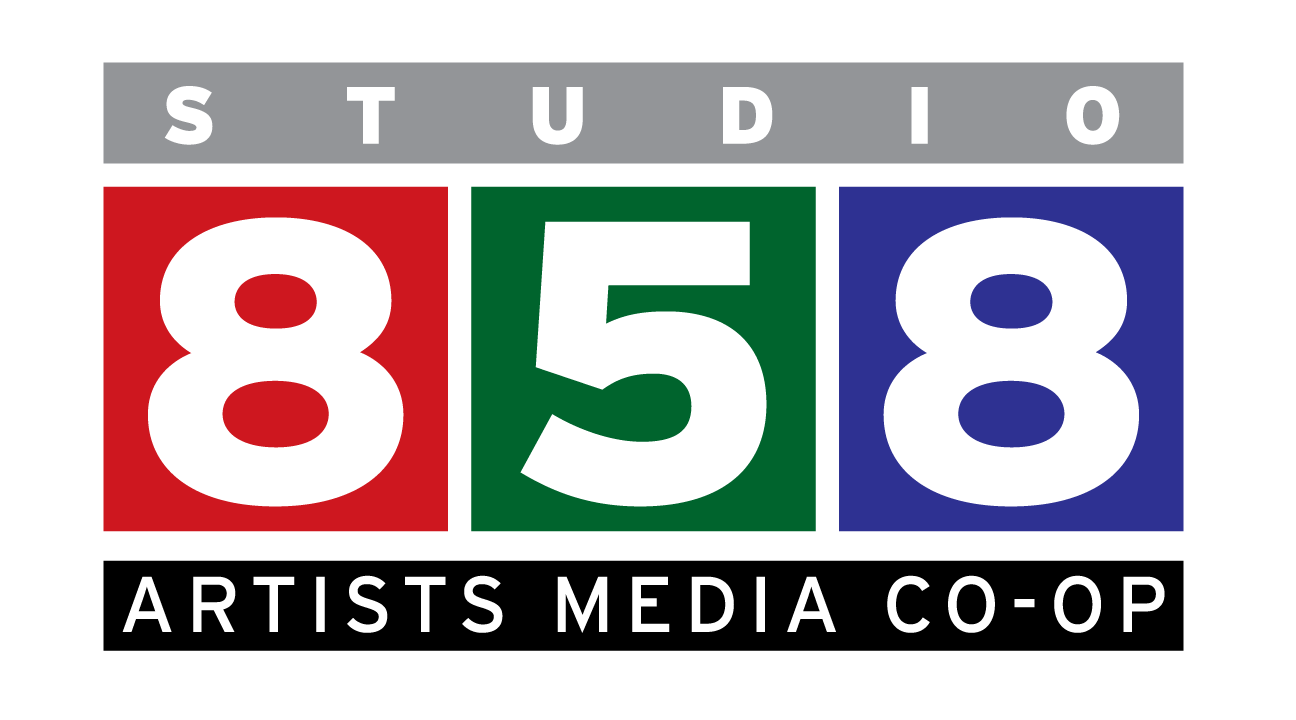The short answer to the question of whether the size of the sensor in a digital camera makes a difference is, “Yes, but not in the way most people think”.
Most people who are aware that there are different sized sensors in different cameras think that the bigger the sensor is the better the pictures will be. This is simply not true. First of all, so much depends on how we define better. If “better” means “giving us the desired results”, then we must first define the results we want. Each application for which we may want photos may require a different answer. For instance, if a model railroader wanting realistic looking photos of his setup from what should be the point of view of a human on the same scale as the layout, he should use his phone’s camera, which has one of the smallest sensors available. Why? Several reasons:
1– The thickness of a large camera from its bottom to the center of the lens is too great to approximate eye-level to scale. In other words, you can’t get low enough.
2– The depth of field of a larger camera is much too shallow to allow for a natural looking scene where everything is in focus.
3– The bulk of the camera is too great for the space available (imagine fitting the Queen Mary in your front yard).
4– Most cameras cannot focus close enough.
Some time ago I spent a great deal of time working with a blogger who was convinced he needed to buy a full frame camera in order to have quality good enough to go to print. I made the following set of images to show him otherwise.
Using the exact same setup for each photograph, I shot this scene with cameras having a 24x36mm sensor (Canon 5D Mk III), a 16x24mm sensor (Canon T5i), a 9x13mm sensor (Sony RX10 II), and a 4.5x6mm sensor (Canon SX60). All were set to ISO 200, photographed on manual, at f8 and 1/60 sec. There is astoundingly little difference between them in terms of image quality, but there is one quite noticeable effect directly related to sensor size that reveals which is which; depth of field.
Depth of field is controlled by two factors; magnification and aperture. When an image is framed the same way in camera, the camera with the largest sensor magnifies it the most and will therefore have the shallowest depth of field. This can be clearly seen in the sample images above as you go from the largest sensor (left) to the smallest (right). Look at the plunger-type shutter release on the camera body as you change from image to image. Other than this difference, the pictures are hard to tell apart. Which one is best? That depends on which image best suits our needs. How much depth of field do we want?
A close examination , equivalent to making 20x30 prints, again reveals all the contenders do a great job, with only the last image, from the tiny sensor of the Canon SX60, showing any artifacts or loss of image quality.
Of course, image quality is not our only criteria for choosing a camera. Ease of use, responsiveness, size, weight, cost, and flexibility (interchangeable lenses, number of lenses available, ac adapters, battery packs and other accessories) all play a roll (or should) in our selection of a camera to use. But the truth of the matter about sensor size is, it has almost no effect on the quality of the image. All four of the images shown would make great 20x30 prints and are more than good enough to go to press. Take a look at the samples I've provided and see if you don't agree.
-Edward Crim








